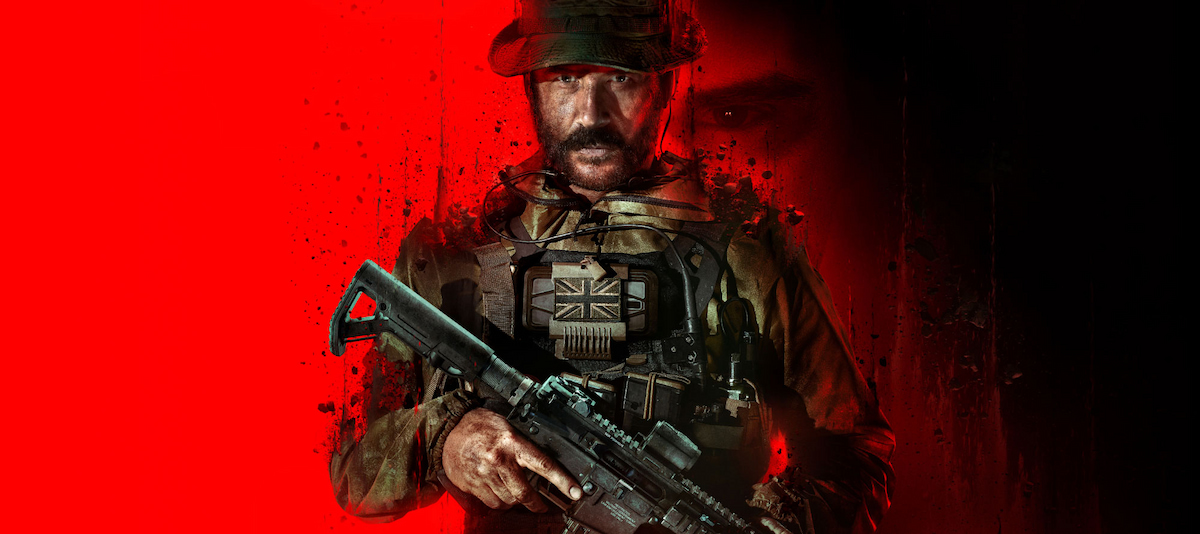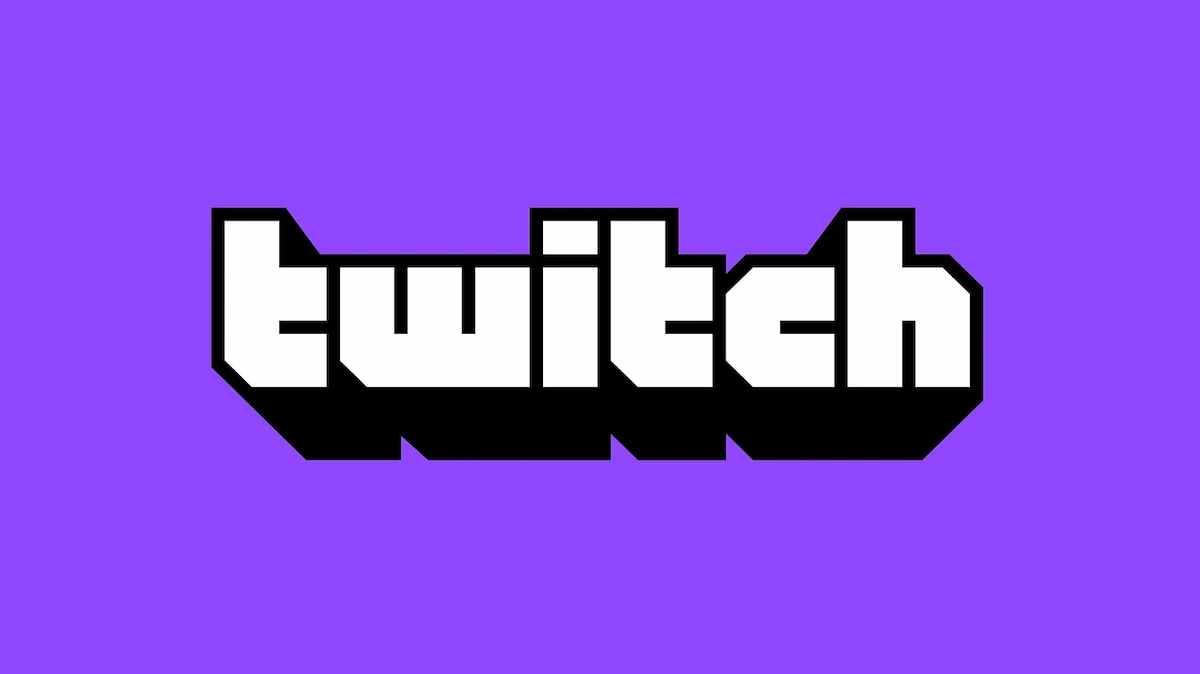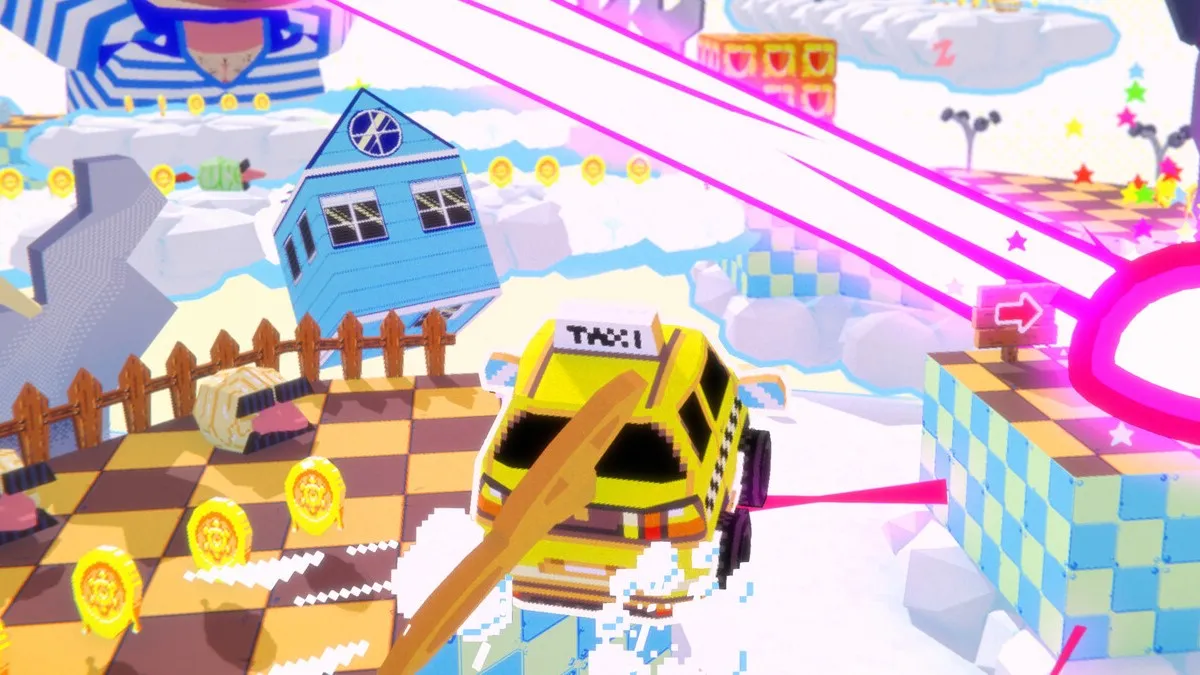Overwatch is an amazingly popular game for Blizzard, but it didn’t launch with a ranked or competitive mode. Now the competitive mode is available to play on the Public Test Realm server (PTR) before going live on public servers very soon. We spent some time with the new competitive mode to bring you complete details on what to expect. While changes could still be made before the new play mode goes live, this should give you a good idea of how competitive mode differs from Quick Match.
Matchmaking
Everyone differs in skill level when it comes to Overwatch or any competitive game. To determine how best to match teams, everyone will play 10 placement matches at the start of each season. How you perform over the course of these 10 matches will determine your skill rating. Once you have a skill rating the game will take the average skill rating of your team and search for an opposing team with a similar average skill rating. In most cases you will be fighting a team with an average skill rating very close to your own, if not identical.
Round Score
The score in competitive mode is tallied by how many points are captured during each round. The two teams take turns attacking, and the team with the most captured points wins. If there’s a tie, the overtime round features a coin flip to determine which team is on the attack and which team will be defending. At that point the round time is set to 1:45 as the attacking team attempts to capture a single point while the opposing team defends.
While you may be concerned about a coin toss determining which team will attack and which will defend, Blizzard is working on adjusting the various game types to reduce how often you enter into a sudden death tie. On assault-style maps (Tempe of Anubis, et al), the time banked into each objective will go toward your round score. In this instance it’s unlikely two teams will have an identical amount of time banked in each objective, so an overtime will be avoided.
Similar adjustments are being made to the escort and hybrid map types to reduce the frequency in which teams end up tied at the end of the game. Blizzard has already lowered the match time from five minutes down to four minutes. In addition, the sudden death timer started at two minutes and was reduced to 1:45 where it currently stands.
Seasons
The competitive mode season will roughly correspond with the seasons of the year. The first season is tentatively scheduled to conclude in late August. At the end of each season players will earn rewards based on their highest rank during the season. These rewards will vary from new player icons to sprays to other lucrative swag. Many of the rewards for higher ranks will be extremely exclusive to show that you are one of the top players in the competitive mode. If the opposing team sees you with a gold weapon, or an elusive skin or spray, they’ll know you must be pretty good.
Blizzard isn’t done making adjustments to the competitive mode in Overwatch. There will still be some big changes made when the Fall season begins around early September. However, the Summer season will launch very soon with the current set of changes as Blizzard keeps a close eye on competitive mode feedback from the community. Be sure to check out our Hero Guide if you need tips on how to play specific Overwatch heroes.




